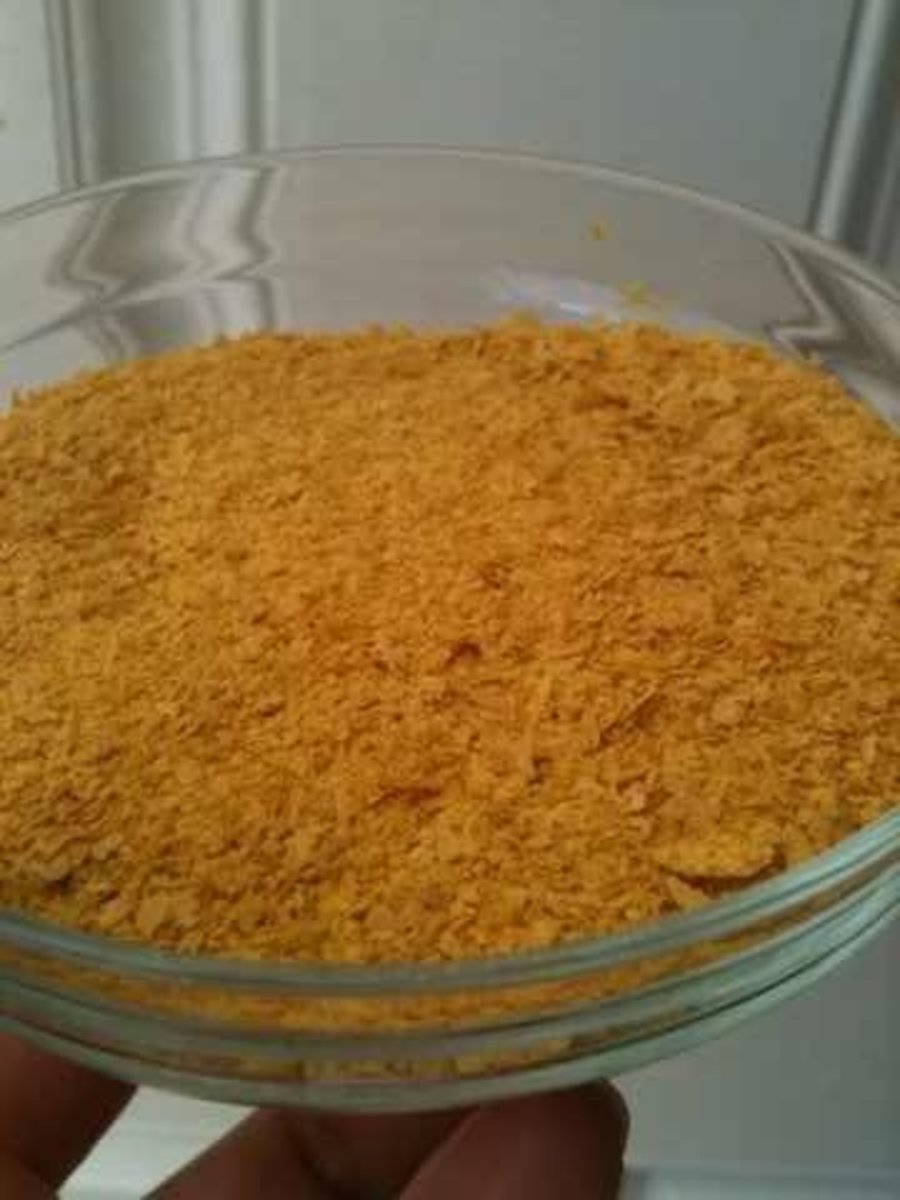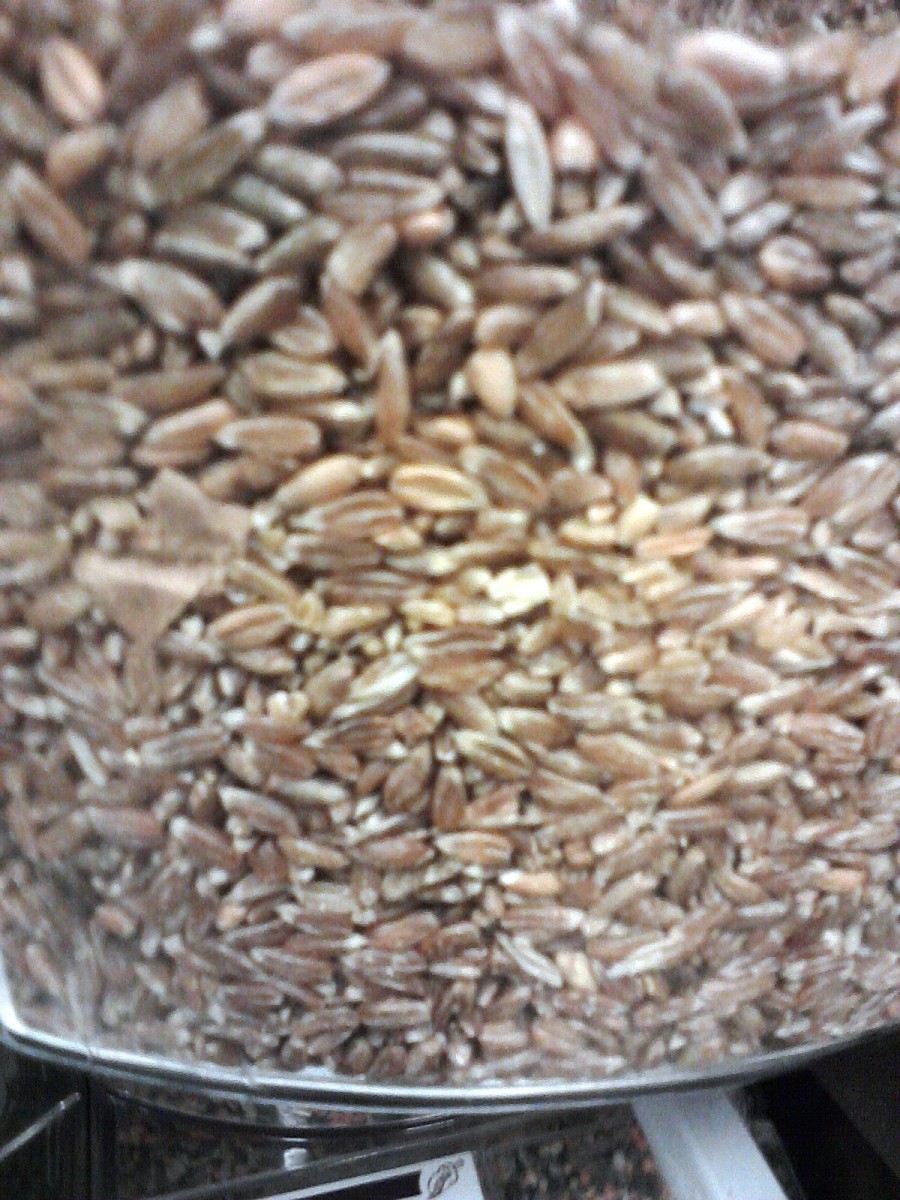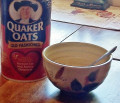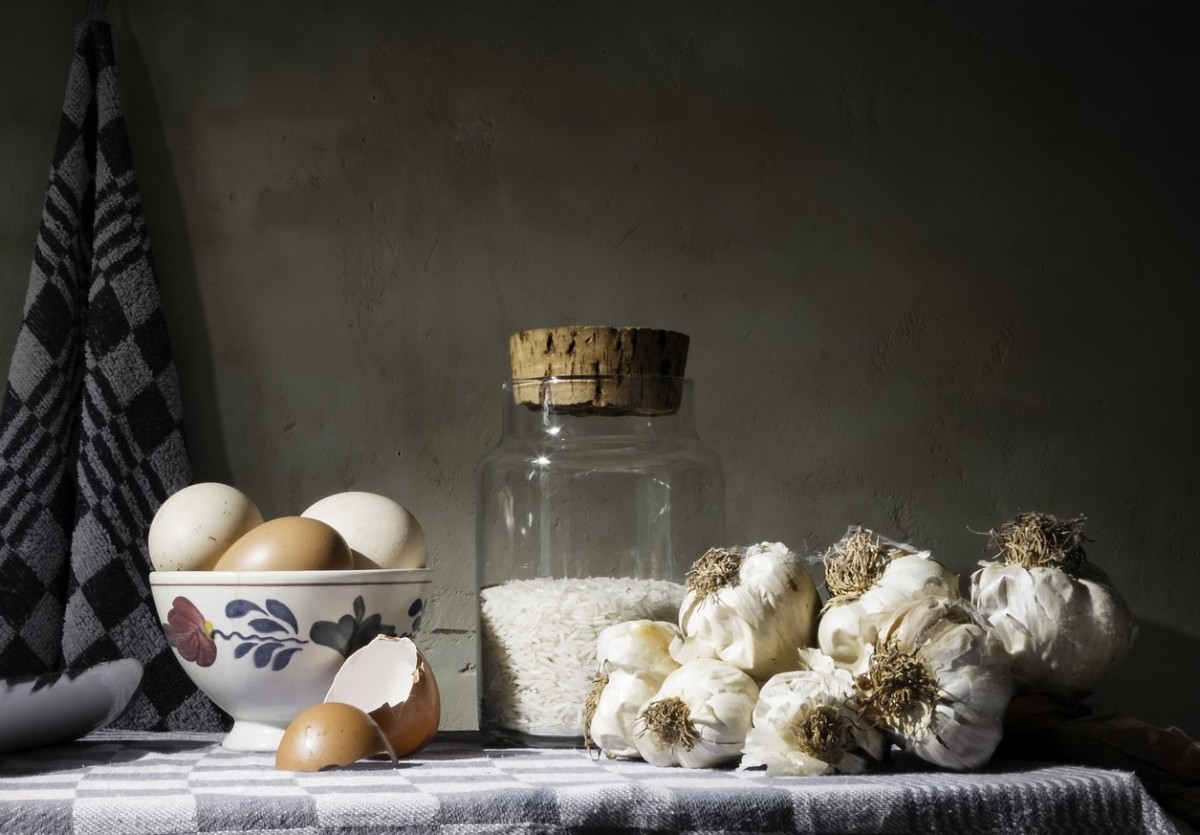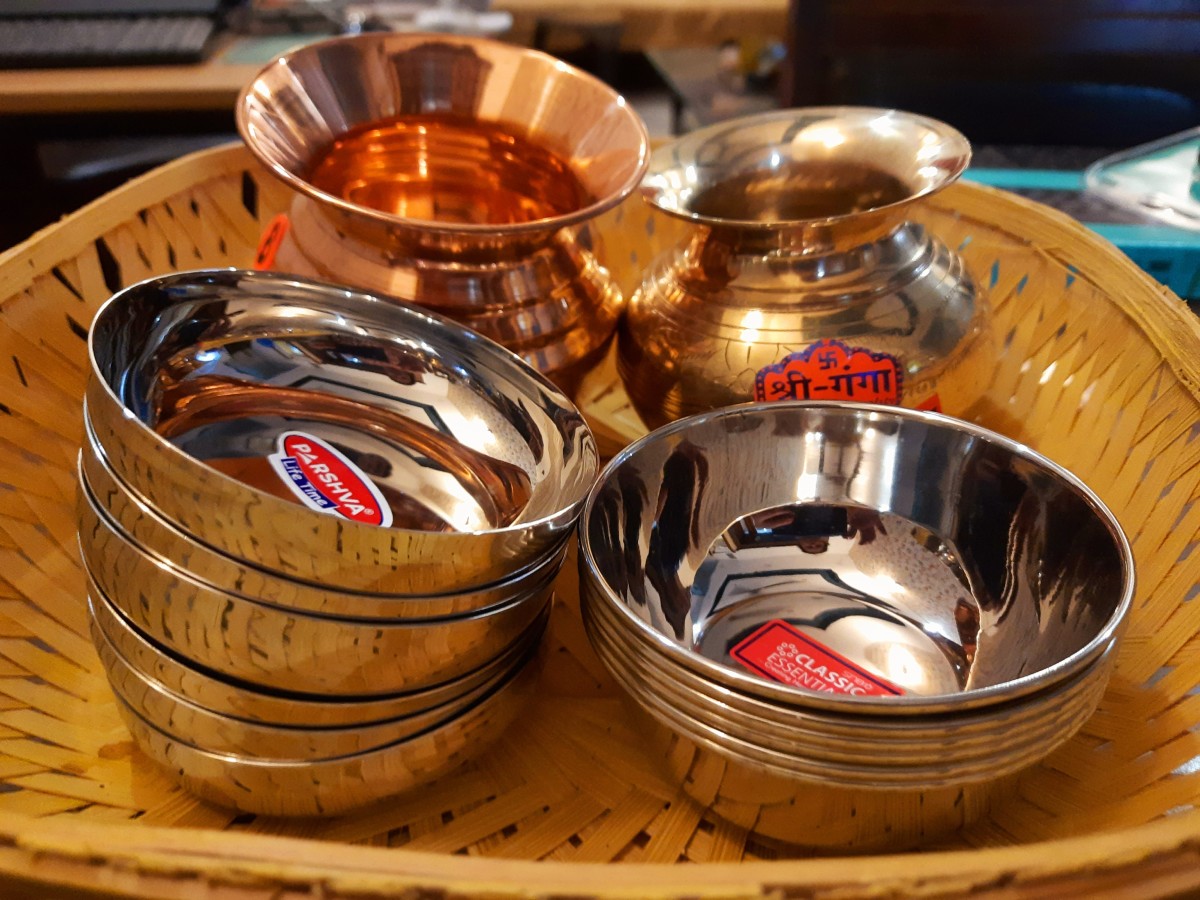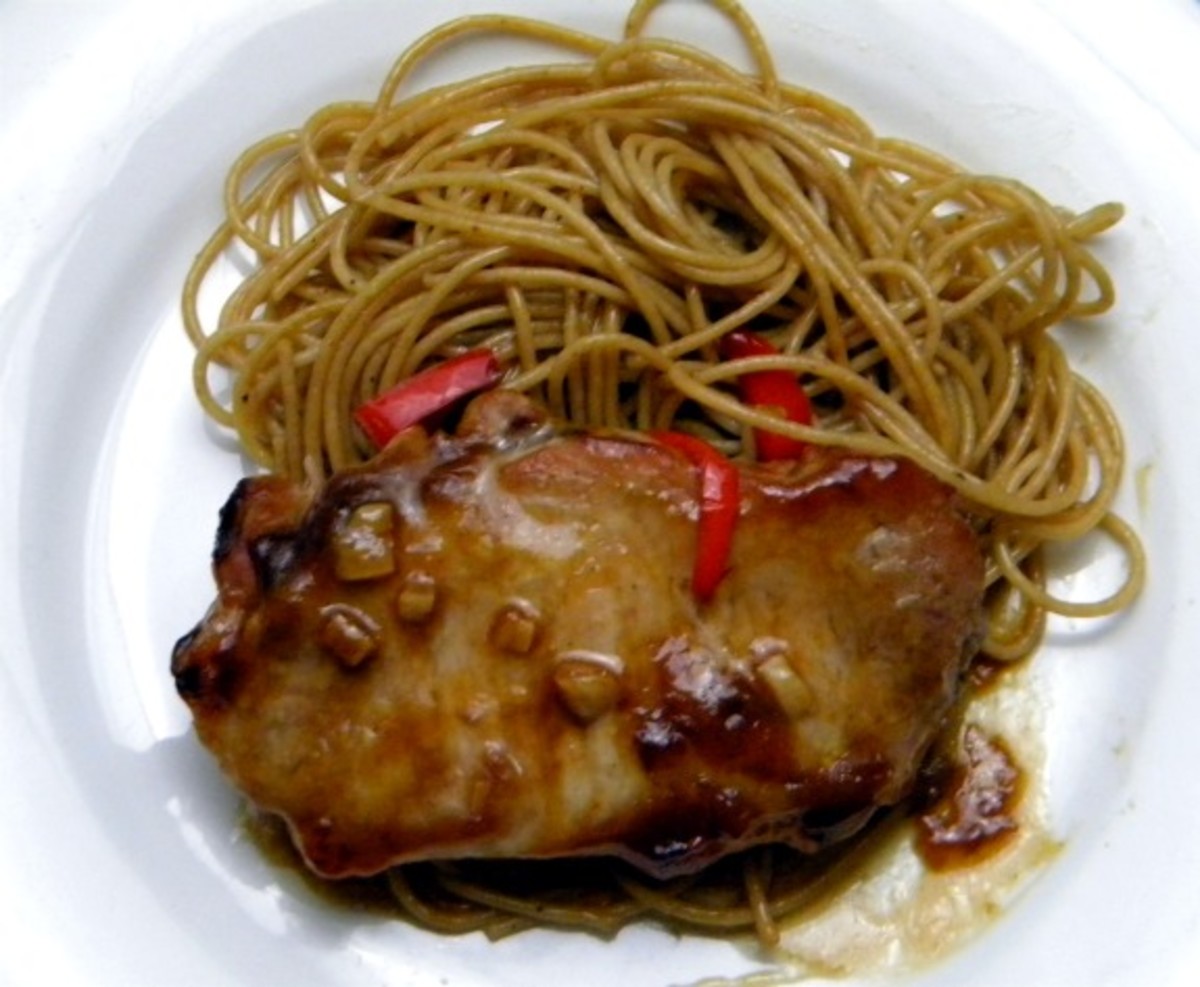- HubPages»
- Food and Cooking»
- World Cuisines»
- South Asian Cuisine
A Tempting Fusion of Cuisines and the Birth of Gajar-Chhena Paratha With Its Recipe and Nutritional Value
Indian cuisine is the fusion of various geographies, cultures, traditions, and religions. It not only connects people belonging to different states but also joins the people of other countries to the richness of its taste, texture, and colors.
While the origin of some of the recipes can be traced to the villages termed as the 'heart' of the country, some others came to the plates through the history of spice trade and colonialism.
A day, in India, is incomplete without a scrumptious meal followed by a sweet dessert. The meal consists of rice and flour as the staple food; healthy vegetable curries with a mix of spices to add flavor and a bowl of curd or pickle as the side dish of the plate. The dessert often consists of a luscious cup of 'kheer', 'gulab jamun', etc.
I love Indian food - it's my favourite cuisine. I love the mixture of spices and the subtle flavours. It's really erotic; the spices are so sensuous.
— Joe PerryLet's have a look at one such famous dish in India subcontinent made of wheat flour, 'paratha'.
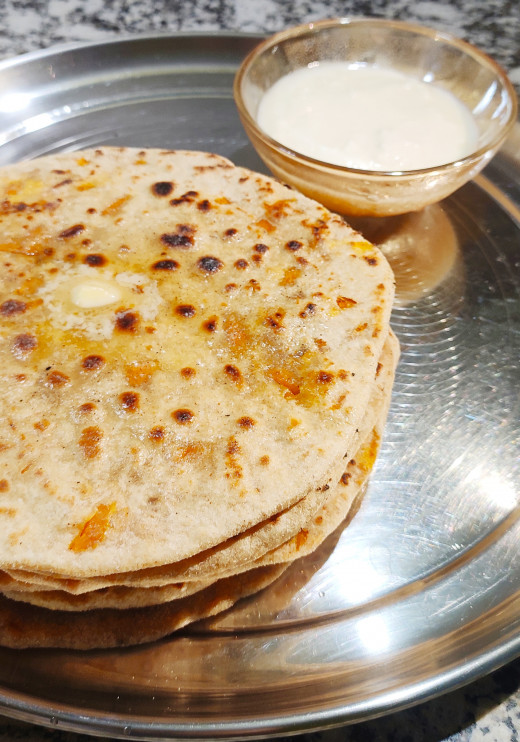
Blend of Carrot (Gajar) and Paratha in India
Originated in present-day Iran, carrots are elegant with its bright orange color and are rich in nutrients. It makes its way from havij polo (Persian dish) to Qabuli Pulao in Afghanistan and from there to gajar halwa and gajar paratha in India.
The stuffing of the gajar inside buttery paratha makes the meal a full-fledged yummy dish.
In this recipe, I have added cottage cheese with gajar as the stuffing to make it more healthy and wholesome.
Cook Time
Measuring vessels: 1 teaspoon (tsp), 1 tablespoon (tbsp), 1 cup (350 ml)
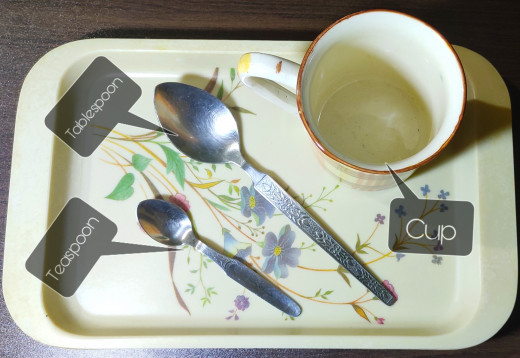
Ingredients
For making cottage cheese or chhena:
- 500 milliliters milk
- 2 tablespoons vinegar
For making gajar masala:
- 1 tablespoon refined oil
- 1/2 tablespoon cumin seeds (jeera)
- 1 tablespoon ginger (adrak), mashed
- 2 nos green chili, chopped
- 3 medium size carrot, grated
- as per taste salt
- 1 tablespoon dry mango powder (amchur powder)
- 1 tablespoon coriander powder (dhania powder)
- 1 tablespoon red chili powder
- 1/2 teaspoon black pepper powder, optional
For paratha:
- 2.5 cups wheat flour, for 12 medium parathas
- as per taste salt
- 1 tablespoon refined oil, for kneading
- as per needed water
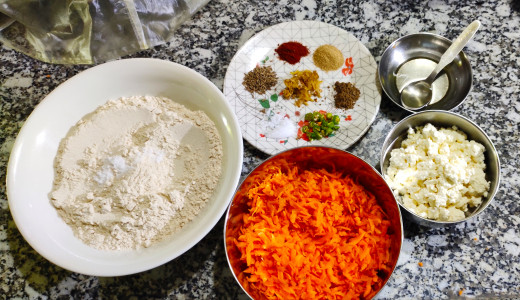
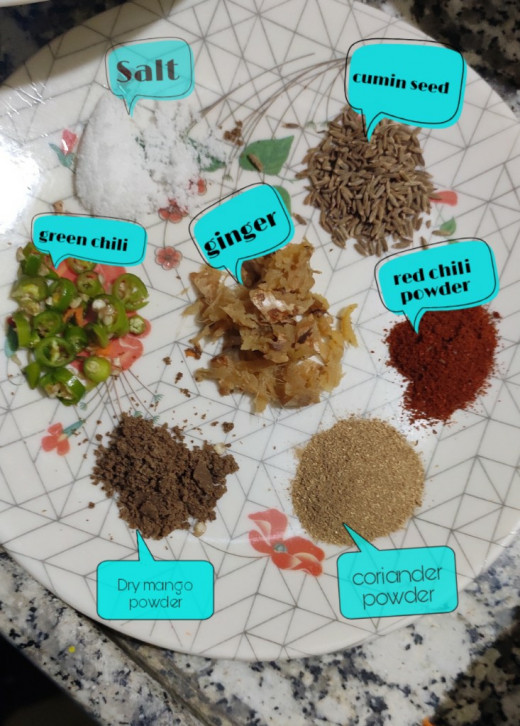
Instructions
1) For making chhena:
i. Heat milk in a saucepan on medium flame. Stir it occasionally.
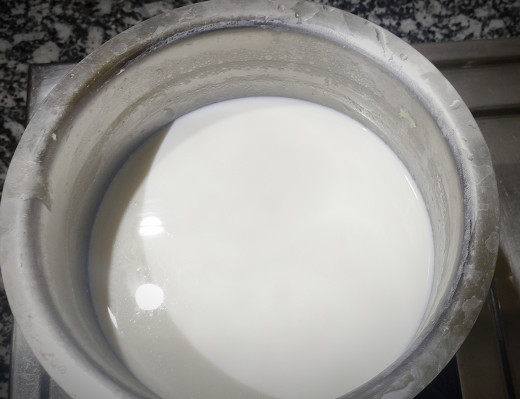
ii. Once it boils and a thin layer forms, reduce the flame to low and stir it.
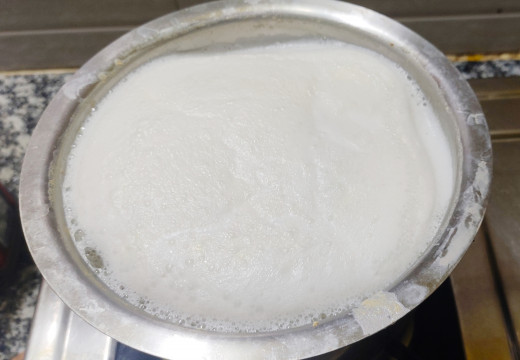
iii. Put 1 tbsp of vinegar while stirring continuously. The milk starts to curdle. Add 1 tbsp more and keep stirring it.
iv. Turn off the flame.
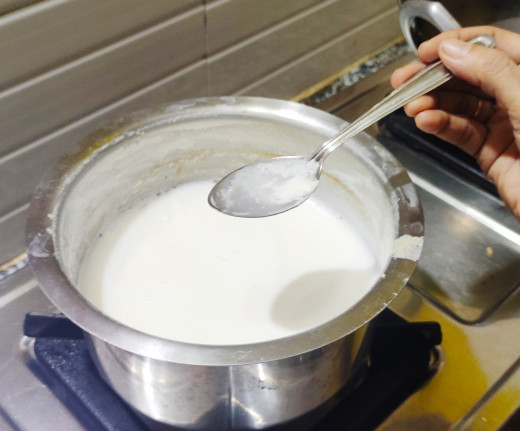
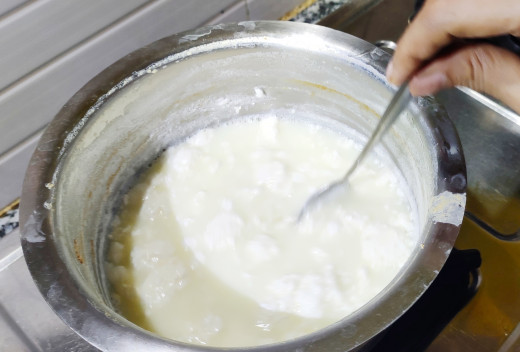
v. You will notice water separating while curdling the milk.
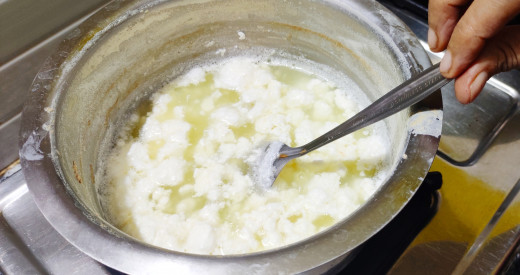
vi. Take a sieve and separate the whey from cheese.
vii. Keep it aside.
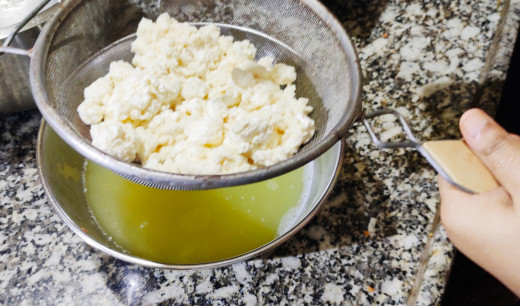
2) For kneading dough of paratha:
i. Take a bowl and put flour, salt and 1 tbsp oil in it.

ii. Mix the oil with the flour evenly for 1 minute.
iii. Add water in small amounts and knead the flour.
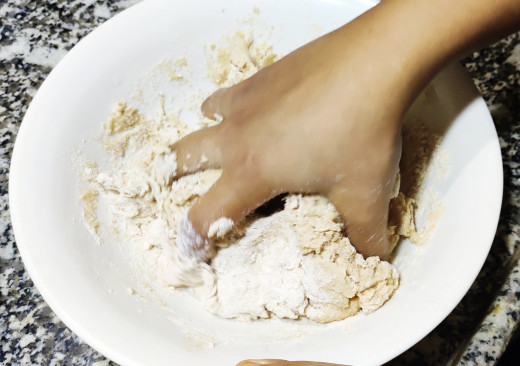
iv. Repeat step iii until you get a soft dough.
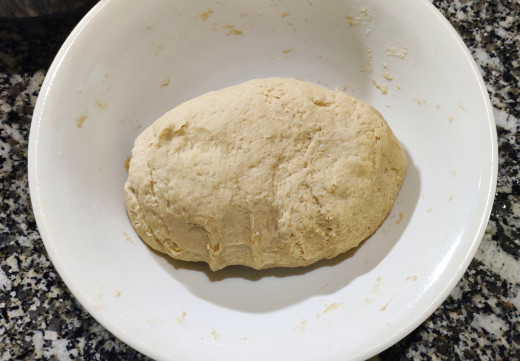
v. Cover the bowl and keep it aside for 10-20 minutes as it will make the dough more fluffy and soft.
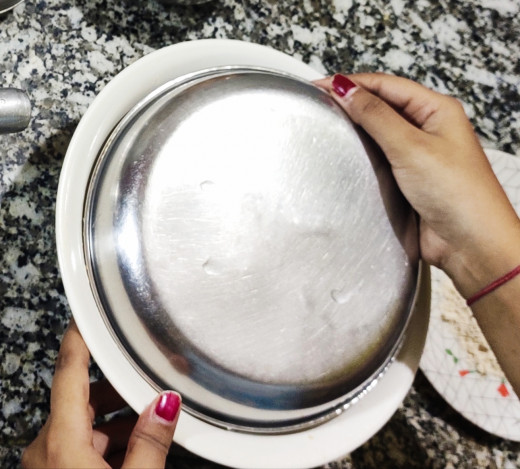
3) For making gajar masala:
i. Heat a kadhai or wok and add 1 tbsp of oil.
ii. When the oil heats, add cumin seeds and keep the flame in low.
iii. Add ginger. Sauté for 1 minute, and then add green chili.
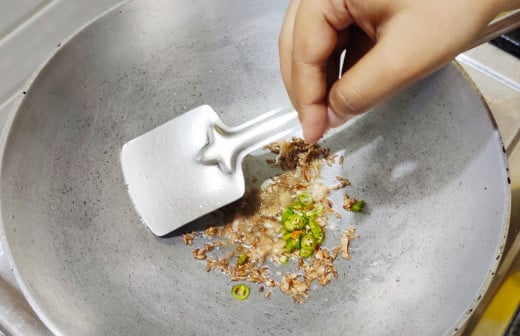
iv. Add the grated carrots and salt.
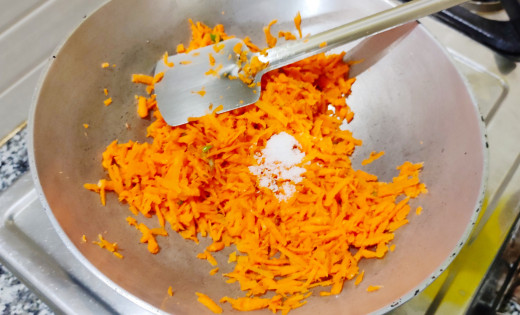
v. Cover the wok for 3-4 minutes. Open the lid and stir it.
vi. Cover it again for 4-5 minutes.
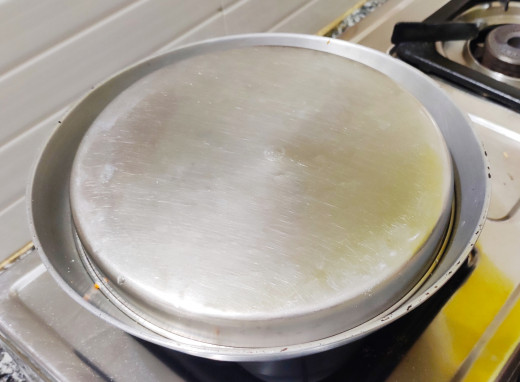
vii. Open the cover and add dry mango powder, red chili powder, and coriander powder.
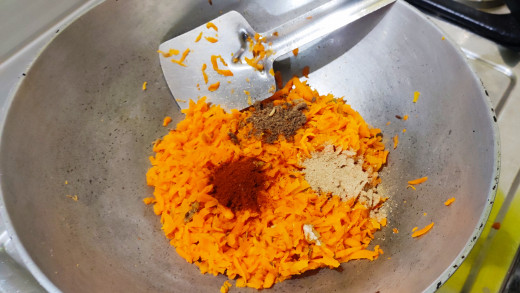
viii. Mix the masalas and add chhena to it. Mix them and keep aside for 10-15 minutes for cooling.
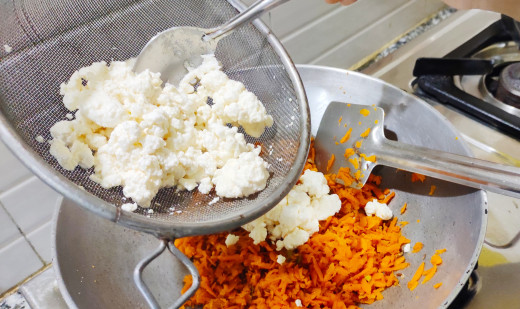
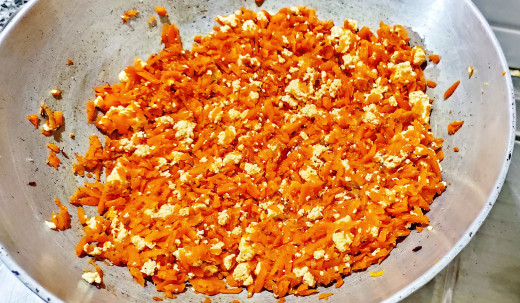
4) For making paratha:
i. Open the cover of the bowl and knead it once again.
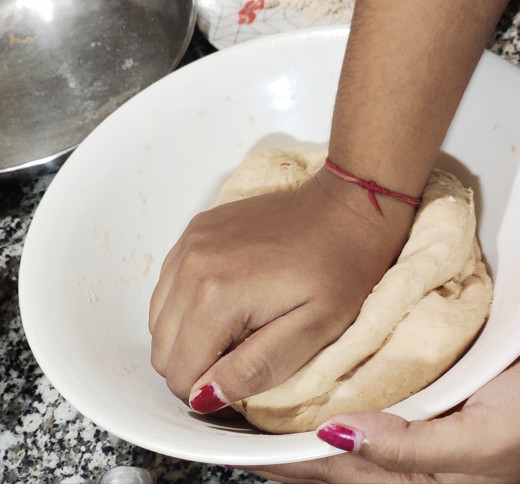
ii. Divide the dough into equal size balls and cover it to keep them moist.
iii. Take one ball and roll it with your palms to make it smooth. Then press it using fingers.
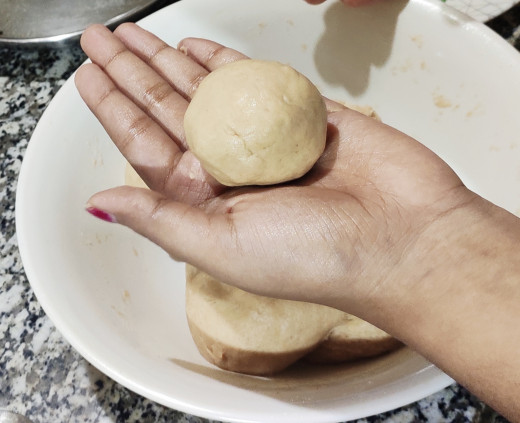
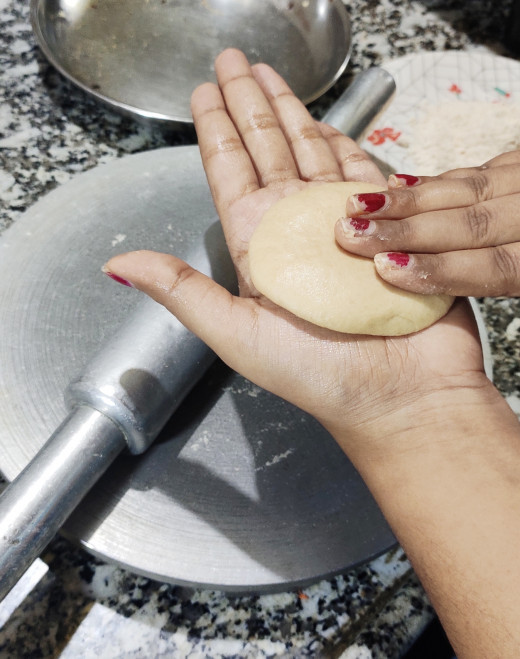
iv. Start rolling the ball after dipping it on dry flour.
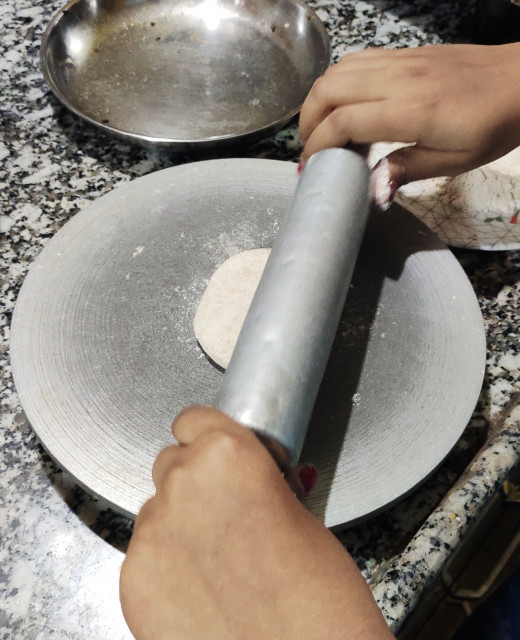
v. Keep it a little thick so that it holds the stuffing nicely.
vi. Grease little oil on the front side of the flatbread.
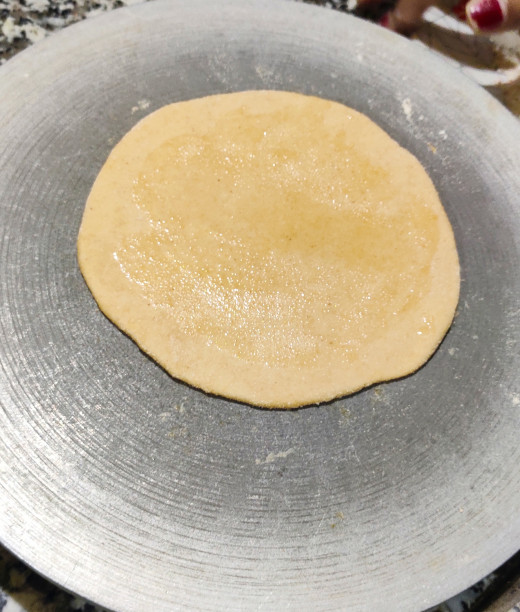
vii. Add the stuffing at the center and start making pleats by joining the sides.
viii. Join the pleats at the center and press it.
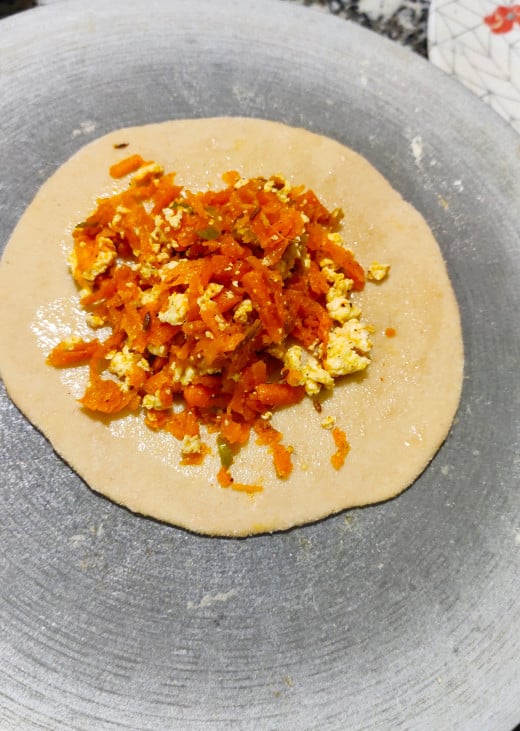
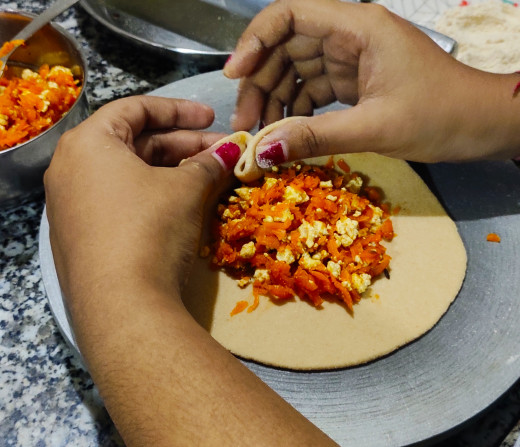
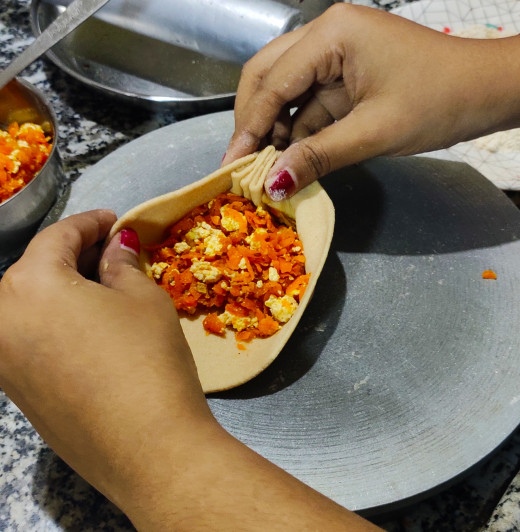
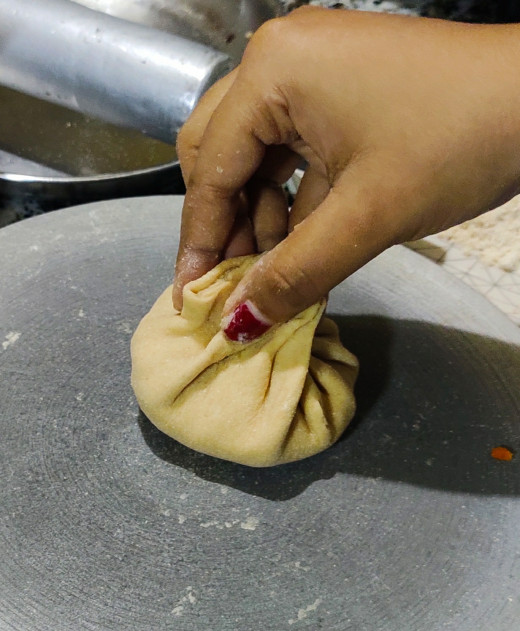
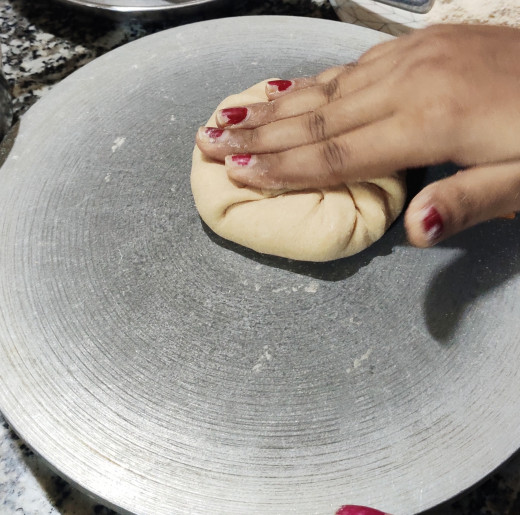
ix. Add flour and roll it.
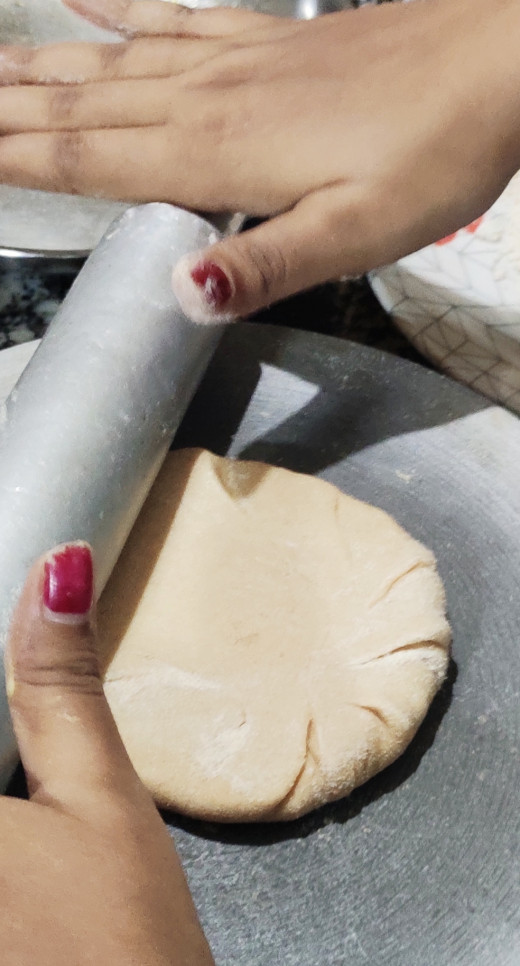
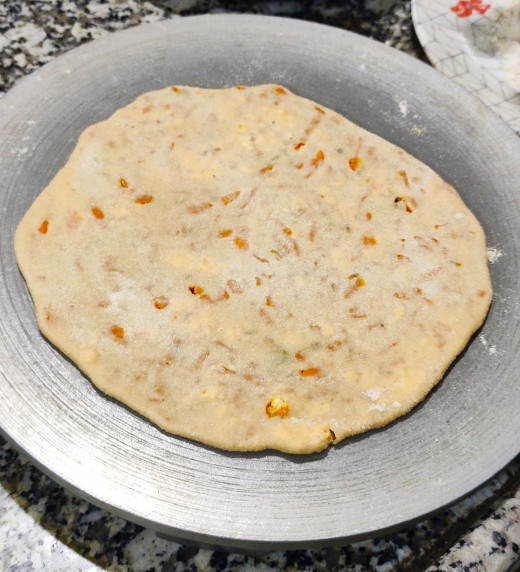
5) For toasting the paratha:
i. Heat a pan on high flame.
ii. Put the paratha on it. After 1 minute flip it.
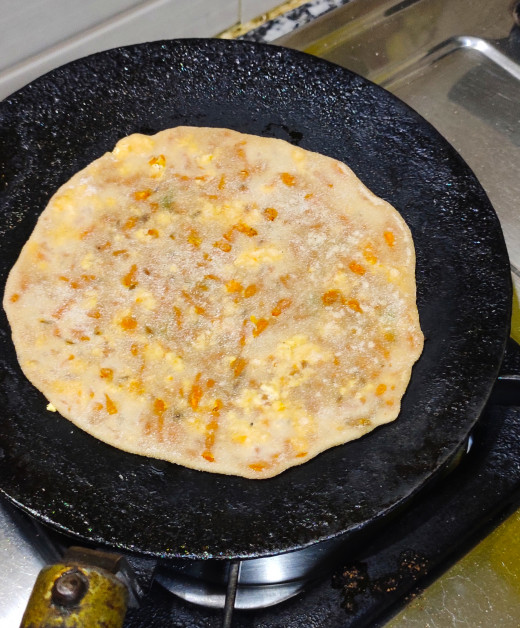
iii. Grease oil on both the sides and toast it on high flame until it turns golden brown color.

6) Serving:
Add little cubes of butter on paratha and serve it hot with curd, raita, pickle, or any sauce of your taste.
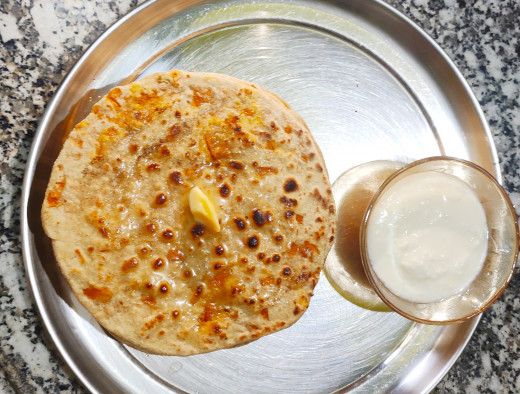
TIPS
- If the dough gets sticky, try adding flour in a small amount and kneading it again.
- Do not forget to cover the dough with a lid or moist cloth while rolling parathas as it retains the moisture in it.
- You can make it healthier by not adding butter or oil while toasting it on the pan.
- It can be made tastier by adding 1 cup of refined flour (maida) with 1.5 cups of wheat flour. But maida is not good for health as it increases the bad cholesterol in our body.
- For the people with allergy from cottage cheese or dairy products, they can only add carrot as the stuffing inside the parathas.
Nutritional Value
- Carrot, the main ingredient of the recipe is rich in Vitamin A and potassium. It is good for diabetic patients as it has a low glycemic index. It improves vision as well.
- Cottage cheese or chhena is an excellent source of protein and calcium. It can be consumed daily for weight loss and is also beneficial for people with diabetes and cholesterol.
- The yellowish water or whey that is strained while making cottage cheese is highly beneficial to improve immunity and prevent diseases like cancer. It also prevents heart attacks and promotes digestion.
- Fiber is the major nutrient that we can get from wheat flour which aids in digestion as well.
Conclusion
Indian food may seem to be unhealthy for a lot of people. But if fresh vegetables along with whole spices and healthy ingredients are used for cooking, the dish proves to be a nutrient package. With lip-smacking taste and appealing colors, the food attracts everyone from every corner of the world.
So try cooking mouth-watering parathas and please let me know your views about Indian cuisine.
© 2020 Abhipsa Biswal

